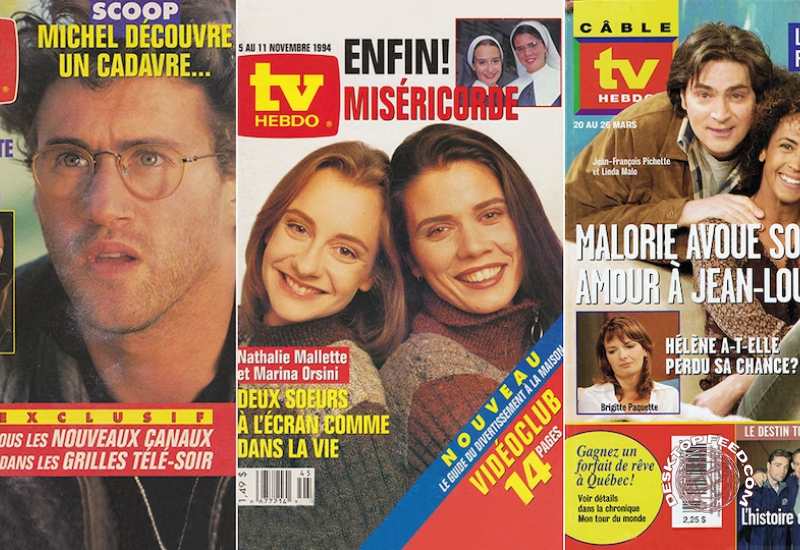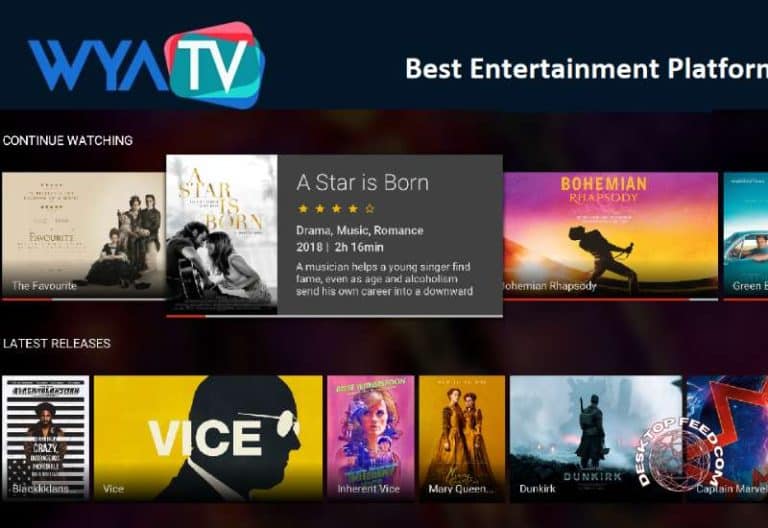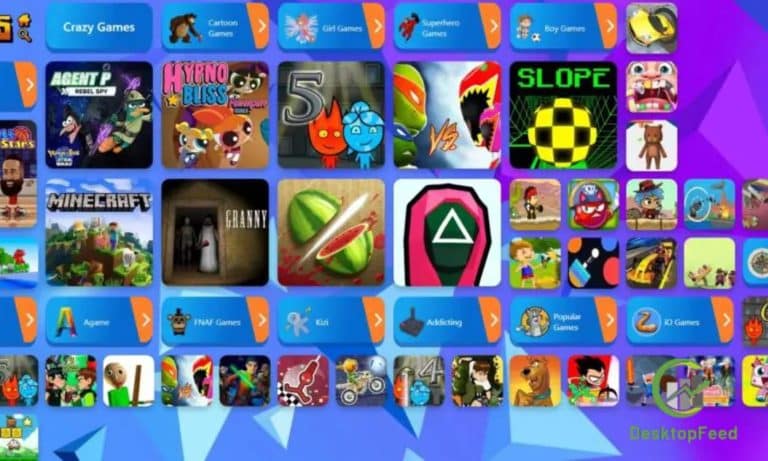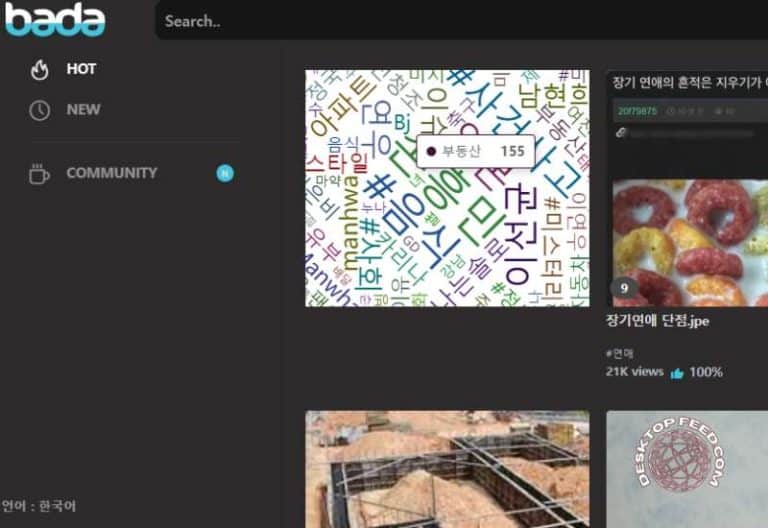TV Hebdo Review

TV Hebdo is more than a television guide and magazine. You can read detailed descriptions of the latest television shows on the weekly or daily schedule. The magazine also features articles on showbiz and cinema. There are also food and beauty columns. A few weeks ago, the magazine had more than 1 million subscribers. Those who read it once a day will find it hard to stop. This is the only magazine in the world dedicated to television programming and more.
TV Hebdo is a quarterly magazine in French. It is available in multiple editions: the local listings, specialty channel listings, and listings for other markets in Quebec. The first edition, called the Metro Edition, listed stations in Montreal, Sherbrooke, Trois-Rivieres, and other areas. Later, the editions began to include listings of other markets, including the formerly-extinct metropolis of New York.
Magazine of television in Quebec TV Hebdo
A television listings magazine published in French, TV Hebdo is a staple of daily life in Quebec. Like the TV Guide, it features local listings, worldwide news and sports. It also includes health, beauty and recipe columns. The magazine has been part of the Quebec culture for over 55 years, and is owned by Quebecor Media. In the early days, TV Hebdo listed local English-language stations alongside their French program descriptions. Today, the magazine is focused on Quebec and its region.
More than a television guide, TV Hebdo offers comprehensive descriptions of television shows. Its daily listing also includes sporting events throughout the week. In addition to telecasting schedules, it has a special section devoted to showbiz and cinema. Readers can also find articles and videos on the showbiz and cinema world, recipes, and health and beauty columns. There’s a magazine for everyone!
The Metro Cable Edition of TV Hebdo was first published in September 1992. The publication featured listings for Videotron Montreal. By the end of the decade, the magazine listed listings for CF Cable Montreal. These listings were marked with black and white numeric bullets. A few French channels were also listed. In the early 1990s, the list of pay-tv channels in Quebec expanded to include specialty channels. Both English and French channels were listed.
In its six-year anniversary, TV Hebdo’s graphic design has undergone a refresh. It features a cover by Steve Martin, and is signed by an icon of the Quebec TV culture. The magazine’s new look aims to jail memories. It also includes columns by Sophie Dalpe-Laflamme, a columnist and author at TV Hebdo. She explains what the arret means for fall 1986.
Lists both French and English language specialty channels
The magazine TV Hebdo lists local listings and specialty channels in French and English. It began publishing in 1962 and is still in print today. In its earlier editions, local channels were listed in both French and English, with English program descriptions. Then in the late 1980s, more specialty channels began to appear, including CNN, Nashville Network, A&E, and C Channel. While the magazine has remained a popular source of information, it is not entirely accurate. The first issue listed local stations in both Quebec and Eastern Ontario, but in later editions, specialty channels were not yet listed.
The Metro Cable Edition of TV Hebdo first featured listings for Videotron Montreal. By 1995, the magazine began to include listings for CF Cable. While this was a step backward for the magazine, it helped to expand the French television industry and became one of the largest specialty TV providers in the world. The list includes French and English language specialty channels, including both national and international broadcasts.
Provides detailed descriptions of popular television shows and series
For more than 50 years, TV Hebdo has been a staple of Quebec culture. More than a televised schedule, it provides detailed descriptions of popular series and shows. Subscribers will receive the most current issue as soon as their subscription begins. A daily list of popular telecasts also lists upcoming sporting events. Other sections of TV Hebdo cover topics ranging from beauty and health to showbiz and travel.
Reveals plots of popular shows and series
If you’ve ever wondered how TV shows and series are put together, you’ve come to the right place. Now you can watch full episodes of your favorite series and shows for free on TV Hebdo. The French-language website has a slew of information gleaned from dozens of television shows and movies. There are spoilers galore, but TV Hebdo goes one better than that, with a wealth of information.
Full schedule
If you’re looking for information about TV Hebdo shows, you’ve come to the right place. More than just an horaire guide, the magazine-style television channel is home to Quebec’s most extensive programming guide. It’s packed with information about popular telecasts, movie and showbiz columns, and events, big or small. There’s even a section devoted to cinema. In addition to its regular TV programming, the website features articles on beaute, travel, health, and beaute.
Trade-mark
The TV Hebdo Trade-mark has been filed with the Canadian Intellectual Property Office (CIPO). The application is in the Class 016 – Paper and printed goods, and describes a publication called a “periodique.”
Multiple editions
Originally published in 1962, the French language TV listings magazine TV Hebdo resembled the American TV Guide in its format. The magazine is owned by Quebecor Media. At the time of its initial publication, the magazine listed local TV channels, both French and English, with descriptions of the programs in English. Eventually, TV Hebdo began to list listings from more than one local market, including the Ottawa Valley and Quebec City.
As of September 1992, the magazine began printing a cable edition. Initially, the Metro Cable Edition included listings from Videotron Montreal, but soon added CF Cable Montreal’s listings. The two versions were clearly distinguishable by black and white numeric bullets. In the early 2000s, the magazines were published daily and are still in circulation. Despite the controversy, the magazine’s success in Quebec’s television market has led to multiple editions in different markets.
For more articles visit: Desktopfeed




